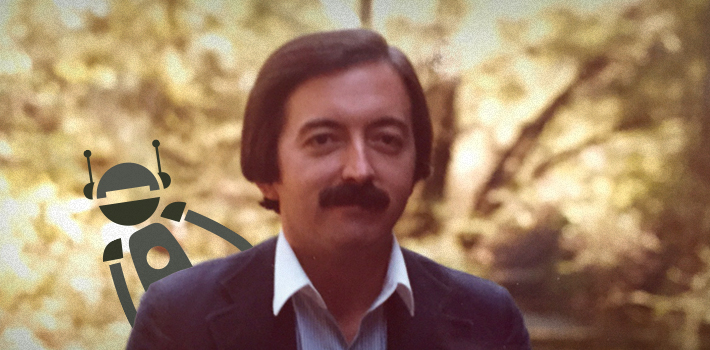I remember going to my dad’s office on Crown Street in New Haven, as a kid. He had a staff of researchers and real estate consultants, as well as a rowdy studio of creatives, pasting type for newspaper ads, drawing logos, and mocking signage for new projects. His company, Scott Fitton & Partners, focused mostly on residential projects—helping developers handle everything from diligence to planning, P&Z proposals and support, to the actual marketing of approved projects.
Over the course of the next few decades, my dad would witness the evolution of technology far beyond the firm’s first Wang computer and mobile Motorola phones. He’d also witness radical changes within the real estate sector, and even develop his own condominium project on the Quinnipiac River in New Haven, called Riverplace. He’d change company names and partners a few times, and eventually downsize from a 45-person firm to just a couple capable brains and a few seemingly super-powered computers. This is where I come in, literally.
In March of 1999, my dad helped me escape from New York, with funding to start a creative agency, meant to capitalize on his real estate expertise and connections, while positioning for growth outside a sector that had made him roller coaster rich and poor two times over in the last two decades.
We started building websites for a litany of residential real estate projects in New England. This is back when the standard pixel dimensions were 800 x 600, and the majority of internet connections were still made with the snap, crackle, and pop of a dial-up modem. There weren’t any notable online MLS platforms, and little momentum to change the way projects were marketed, through print, out-of-home, and direct mail.
Then things started to change rapidly. The internet connected everyone and everything within a few years. The ability to influence consumer behavior and the general marketing practices behind the promotion of everything from real estate to retail took a sharp turn.
In fact, the people now had the power (hint: they still do), thanks to the freshly paved information super highway. Real estate was quickly impacted, and websites began to replace pocket folders, PDFs replaced printed floor plans, and the general exposure to so many properties and options, forced developers to improve on amenities and offerings.
Enter mobile and social, along with the emphasis on real estate projects and apartments buildings as cultural hubs, not just rooms and walls. Now the entire approach has changed. Thankfully, most architects and developers have caught on, and are treating their projects and buildings like brands that extend out into the world, through word of mouth, through photos, through hashtags, comments, and the genuine narrative threads that can make or break certain addresses.
I’d be hard-pressed to count the number of real estate projects we’ve worked on over fifteen years. We’ve had our hands in everything from naming, to identity and branding materials, promotional items, signage, print campaigns, event management, websites, online advertising, content development, social strategy, management and monitoring, sales office design, on and on. If you have the time, click here to take a look at some of our latest work.
Surely this field, like all the others, will continue to change. But for now, and likely for the near future, we’ll continue to focus on connecting with renters and buyers where they are, which is less likely to be a desk or a desktop computer, and way more likely to be a mobile device or some kind of social media platform. That’s not to say the tried and true tactics of my father’s era aren’t still applicable, but the balance of so many digital and traditional touch points is the key to leasing up or selling out. And that, well that’s our secret sauce.
—
Note: We lost my father unexpectedly in March of 2000. I just want to thank him for imparting his real estate expertise, but more importantly, for sharing his wisdom about life, and about business. He instilled in me the belief that one could build a firm focused on work AND fun, with a professional and personal balance, and that doing so would help to keep staffers happy, and attract clients with the same priorities. Fifteen years later, we’ve certainly confirmed his beliefs. Thanks dad.
